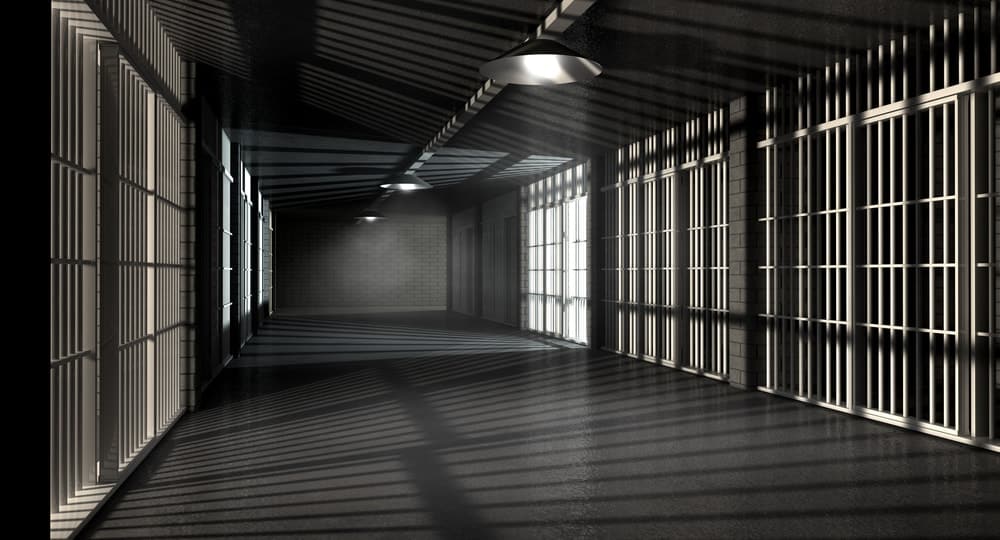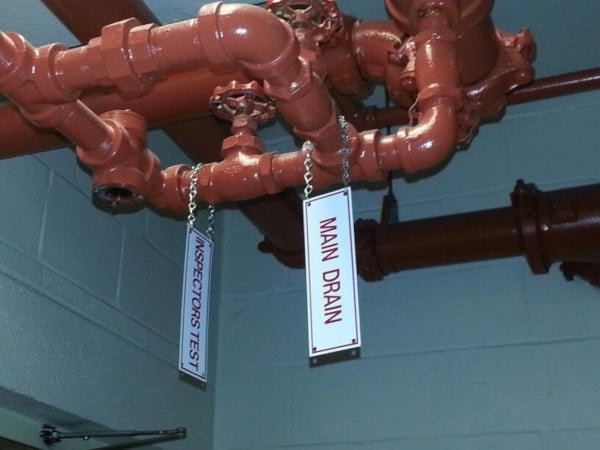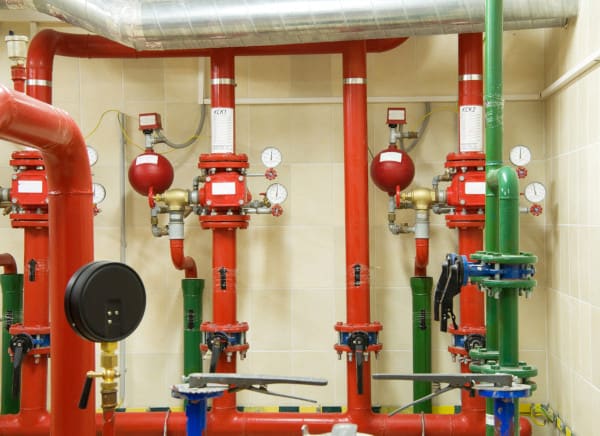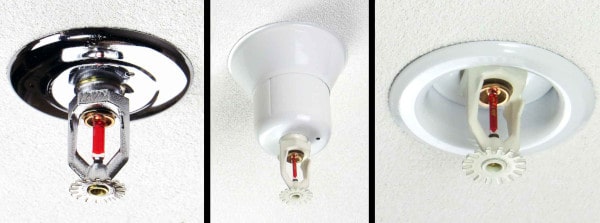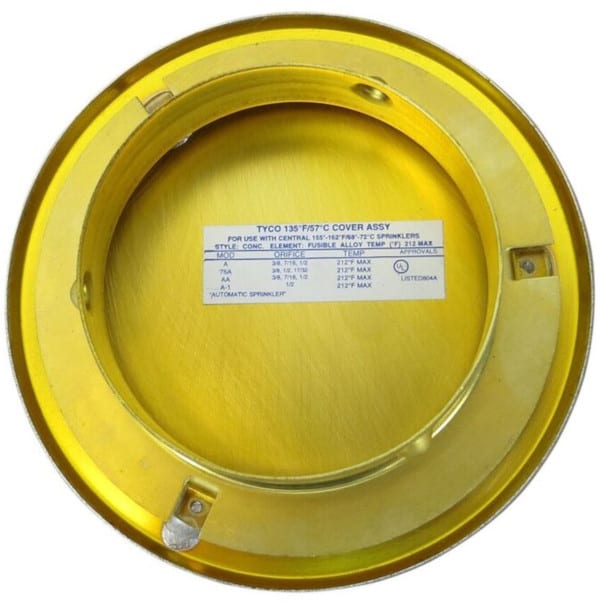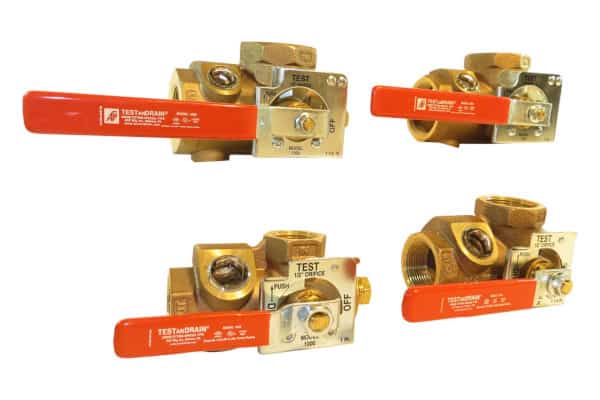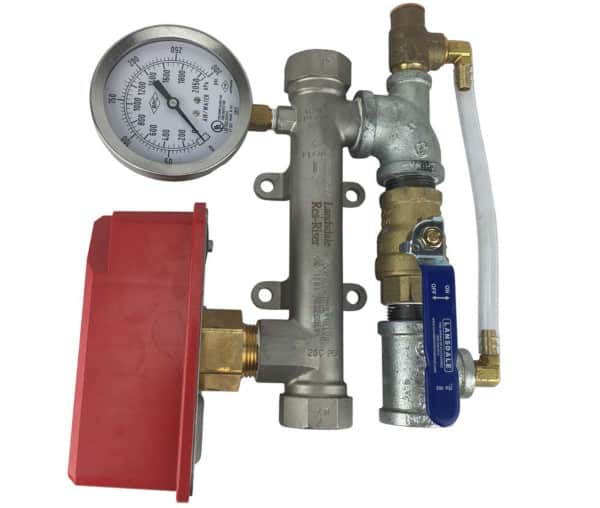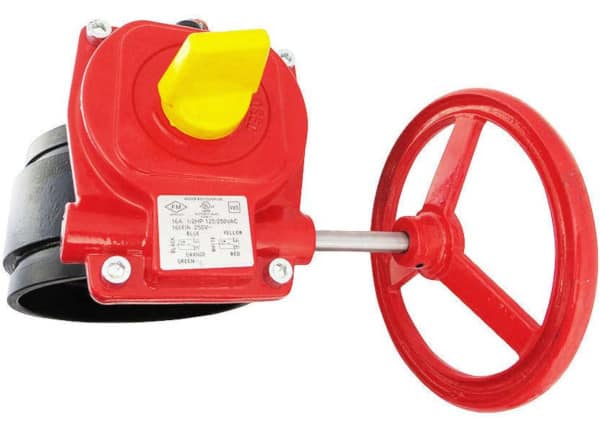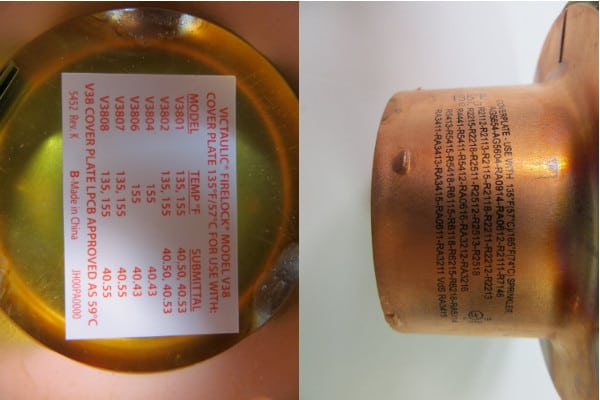#108 – The Benefits of Institutional Fire Sprinklers in Correctional Facilities and Secure Environments
Tamper-resistant fire sprinklers are essential in prisons, jails, mental health facilities, and other secured environments. QRFS explains how institutional fire sprinkler heads can help prevent vandalism, suicide, accidental discharges and other incidents that involve tampering with an automatic fire safety system.


